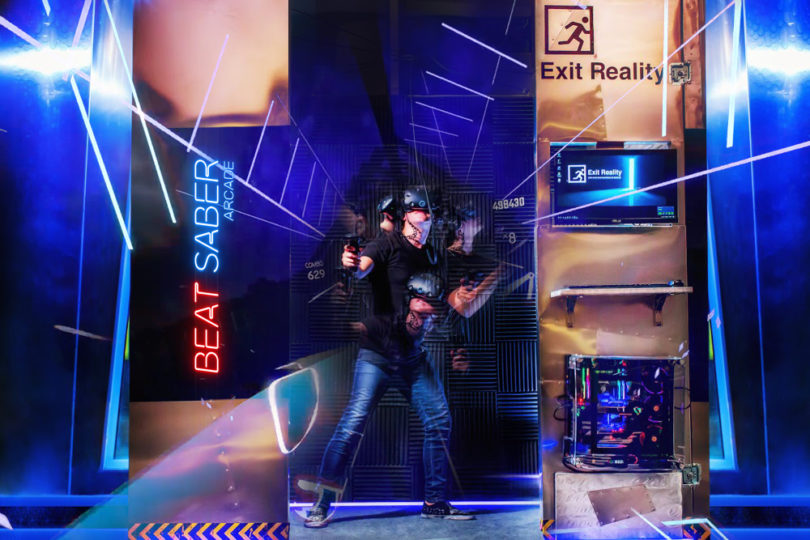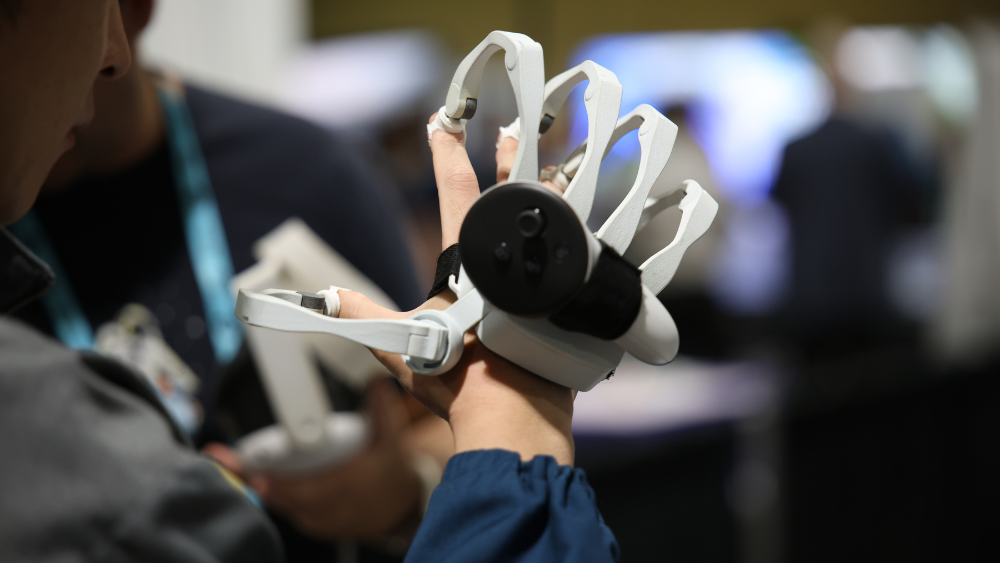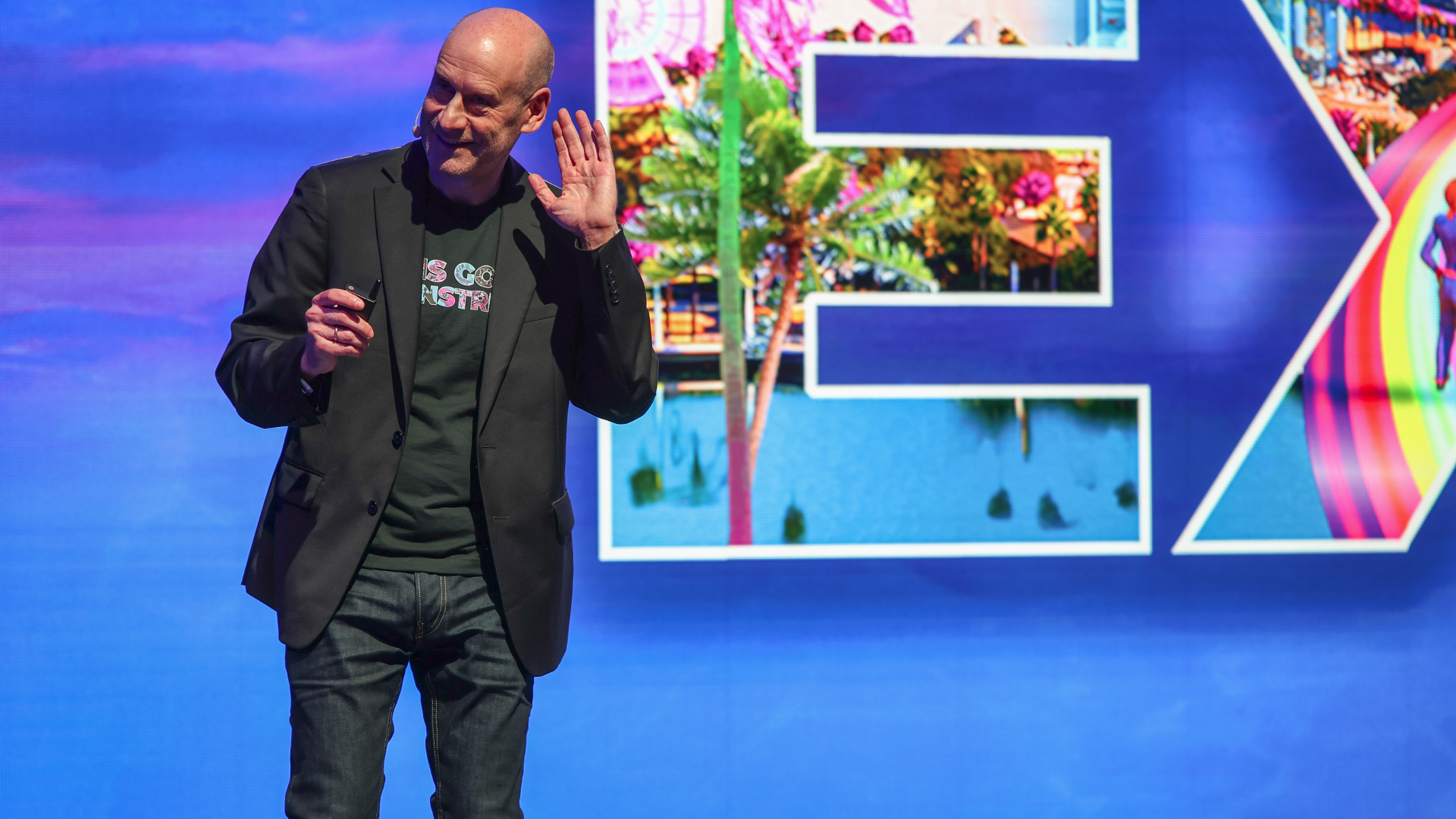To become a virtual reality convert, you need to experience (good) VR. The problem is the majority of people aren't yet buying VR headsets and the best immersive experiences today are not available inside the home. High-quality augmented and virtual reality is still too expensive for the average consumer; which is why, to many in the industry, eSports and Location Based Entertainment (LBE) signal the best way forward for the technology.
With established TV channels covering the sport and even the International Olympic Committee paying attention, eSports has become a true global phenomenon, boasting over 300 million viewers around the world. This audience is expected to grow to nearly 600 million by 2021, which means hundreds of millions of eSports fans becoming exposed to virtual reality as the hybrid VR eSports gains more traction.
There are already a number of VR eSports leagues and tournaments, where games like Beat Saber, Echo Arena, and Spring Vector are played competitively. Tim McGuiness, a top Echo Arena player, explains the draw, observing that in VR games are active just like real sports. VR allows for games/sports that couldn't exist in the real world like zero gravity football and can be fairly physical; some VR games even make for a killer workout. When you consider current obesity statistics (about 36% of American adults; 1 in 10 humans globally; 17% of kids), adding a physical fitness element to video gaming could be a gamechanger in terms of health and attract a wider audience to both VR and eSports. High setup costs and a lack of breakout multiplayer titles, however, are holding back VR in eSports. Moreover, VR cannot yet be broadcast for hours as many users experience eye strain and nausea after about 20 minutes in the virtual world. We'll have to see if Oculus Quest (which you can now preorder) will improve multiplayer capabilities.
And while the players are immersed in a virtual environment, where are the spectators accustomed to watching traditional eSports on flat screens? With the freedom to move around inside the game, would the spectator miss the highlights? Would she be able to influence the game by, for instance, taking control of one of the zombies the players are fighting?
There are also Augmented Reality eSports...Well, there's Pokémon Go, Niantic's hugely popular location-based mobile AR app, which showed that people are interested in turning the real world into a gaming environment. Not only did the game wake up many investors, media and developers to the opportunity in AR, it got users to go out into the world and move around; and hopefully so will Niantic's follow-up "Harry Potter Wizards Unite." Multiplayer AR gaming presents a number of user experience problems holding back true AR eSports, including the form factor of the only currently mainstream AR device: The smartphone.
Before personal computers, there were Internet cafes. Before gaming consoles, kids went to the arcade. Before Netflix and chill, you had to rent a video or go to the movies; and before we will have in-home VR, we have LBE ranging from VR mall installations to VR theme parks.
Since 2016, dozens of VR arcades - many small and locally-owned - have popped up in cities around the world. Indeed, VR LBE venues and operators like The Void and Zero Latency are emerging all over the globe, providing many visitors with their first taste of high-end multiplayer virtual reality; and LBE is expected to grow to a $12 billion market by 2023 (Greenlight Insights). Think arcades, theme parks, and also family entertainment centers, bowling alleys, pools, water parks, casinos, movie theaters, even museums--any place of business hosting VR experiences you can't get at home.
Location-based VR is a natural step forward at this time, when the cost and spatial constraints make the tech impractical for homes. Many see location-based VR as an opportunity to enter the market early, hoping it will build the customer base for VR by making it accessible, social and financially viable for broad audiences. Equipped with high-end VR devices either installed locally or within custom-designed spaces allowing users to roam around freely wearing a VR headset and backpack PC; VR arcades enable short but intensive VR gameplay. Many experiences incorporate props, not just controllers but also railings, doorways, real handles you can grab onto, even haptic feedback suits and vests that let you feel the sensations of in-game actions. At theme parks, (untethered) VR headsets are being paired with roller coasters, wind tunnel diving and other activities you can't do at home. Today, these venues are really the only place for regular consumers to access the kind of VR they've been conditioned - through sci-fi books, movies and other media - to expect and imagine.
Image Source: VRScout



